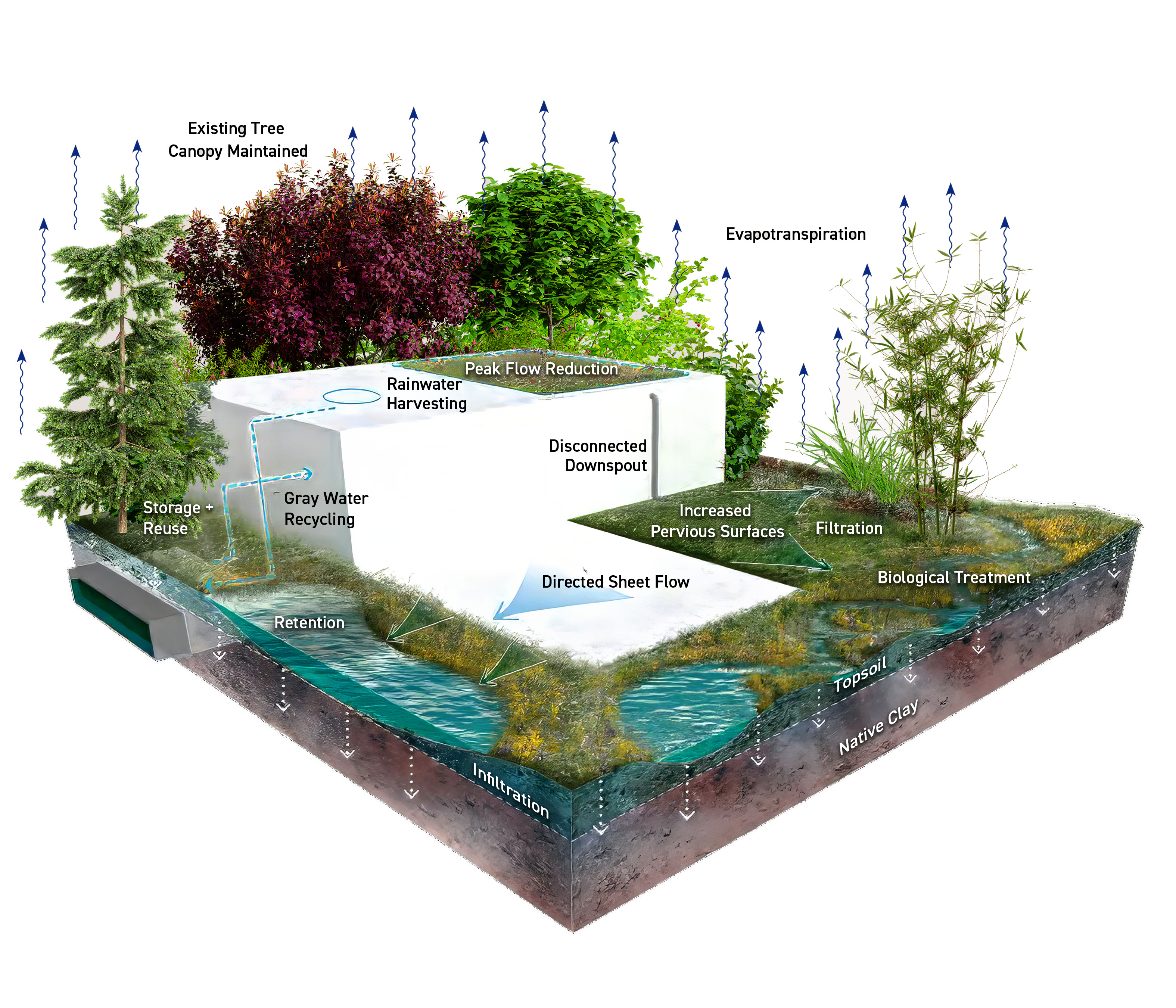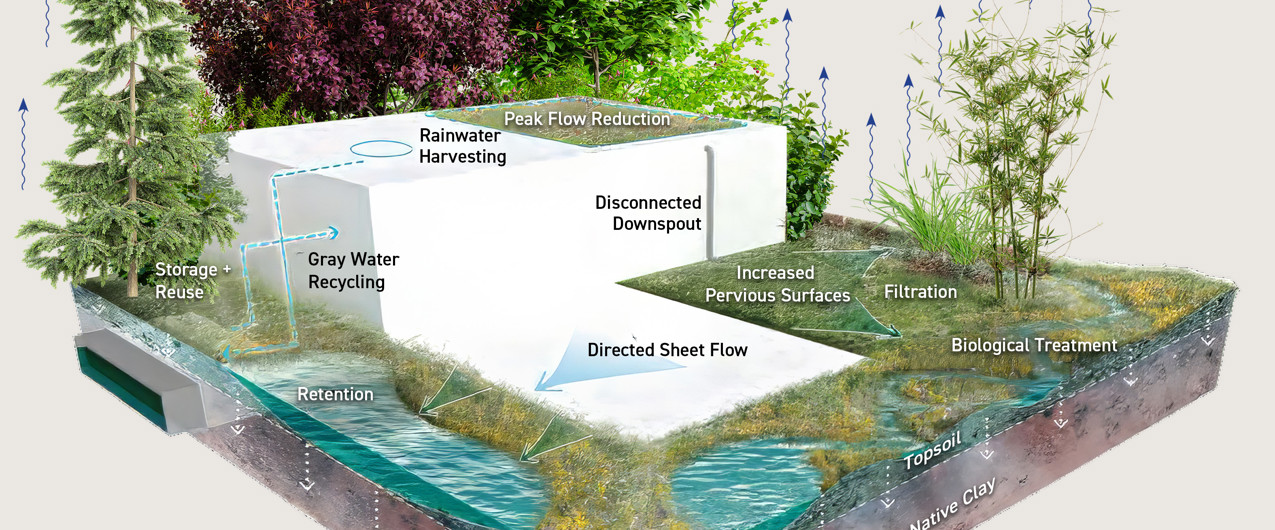The Need for Stormwater Management as Underground Water Resources Deplete
Water lies not only in the rivers and lakes that grace our landscapes but also hidden beneath the earth’s surface in the form of underground water resources. As our global population burgeons and urbanization accelerate, the surging demand for water has led to unchecked extraction of groundwater. Plus, pollution from industrial stormwater runoff and the impacts of climate change have led to a concerning depletion of these resources. This has caused a water crisis in many parts of the country.
There’s one way to mitigate this damage: stormwater management. Currently, the water that comes through rain and snow melts runs off impermeable surfaces, carrying pollutants along with them. But stormwater solutions such as porous pavers like Grasspave2 and Gravelpave2 by Invisible Structures can be a crucial ally in preserving and replenishing this invaluable source. Here’s how:
Low-impact green infrastructure with porous paving
Integrating green spaces within urban landscapes increases permeable surfaces, which can allow water into depleting groundwater sources. This can be in the form of green roofs, porous pavers filled with grass or gravel or even urban forests. These green patches are permeable and act as sponges for water and help mitigate the water crisis.
Detention and retention basins support water harvesting
Water harvesting using detention and retention basins also helps reduce the demand on natural water resources. Detention basins temporarily store excess water during heavy rainfall, slowly releasing it into water sources to prevent downstream flooding. Similarly, retention basins permanently hold water, providing a constant source for groundwater recharge.
Rainstore3 by Invisible Structure is a versatile, modular containment system that can be used for water harvesting underground detention and retention in green roofs, water and rain gardens as well as for sport field drainage, among others.
Porous pavers in filtration systems remove pollutants
Implementing filtration systems in landscaping ensures that stormwater is free from pollutants before it reaches underground aquifers. For example, when stormwater flows over Grasspave2 and Gravelpave2, the porous paving system allows water to infiltrate while capturing sediments, pollutants and contaminants that flow with it.
The permeable nature of these sustainable paving solutions acts as a built-in filter, ensuring that the water that ultimately reaches the ground is cleaner and free from harmful substances, contributing to improved water quality and sustainable stormwater management.

Looking ahead
As we face the challenges of a growing population and degrading water resources, the importance of stormwater management cannot be overstated. Innovative stormwater solutions like Gravelpave2, Grasspave2 and Rainstore3 not only help mitigate the adverse effects of urbanization on groundwater but also to actively replenish and nurture these hidden reserves.
In addition to green infrastructure, our products have excellent compressive strength (2,295,000 psf) and can be used in low-speed vehicular traffic, such as fire lanes, parking lots and driveways. Explore a range of porous paving solutions by Invisible Structures.
